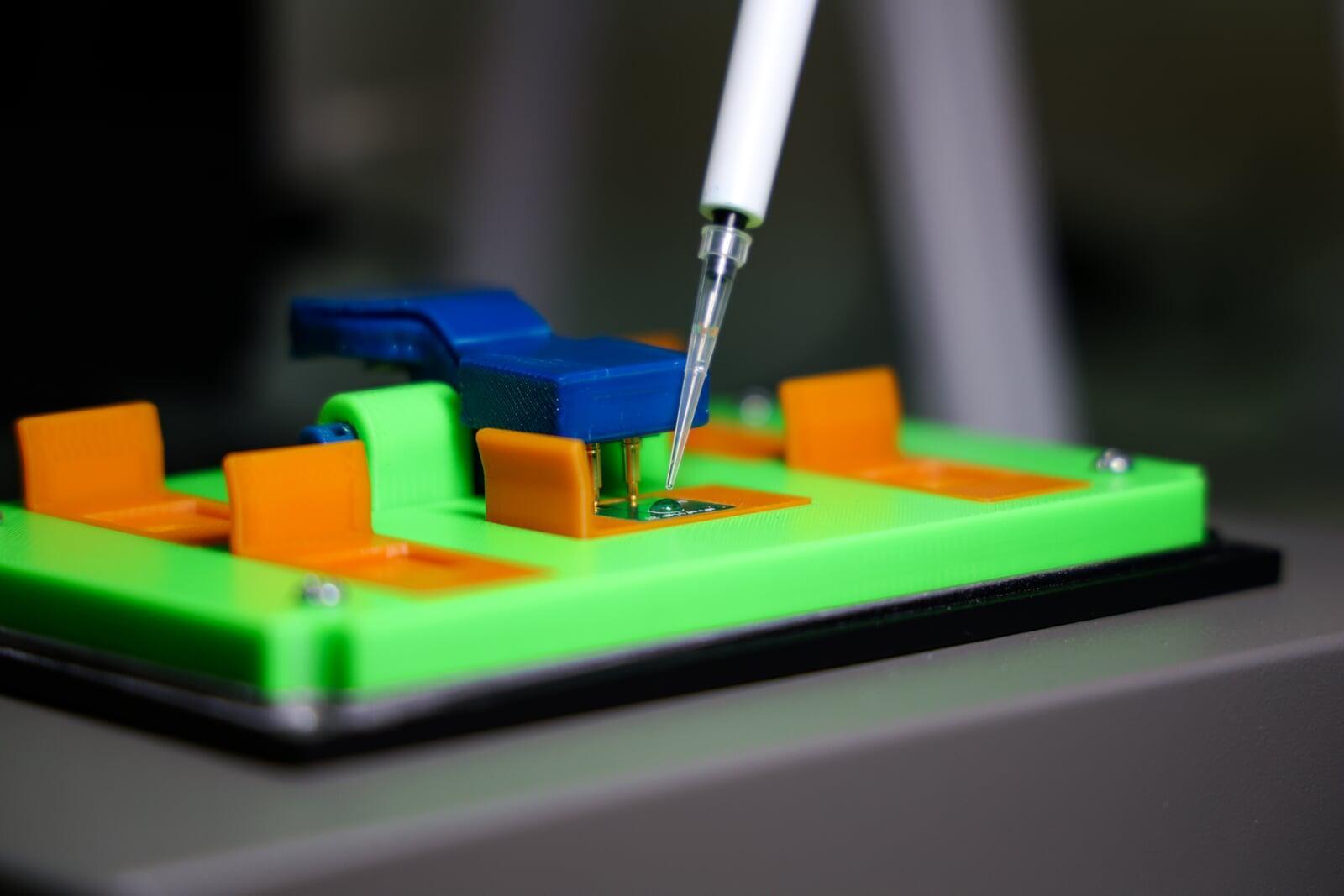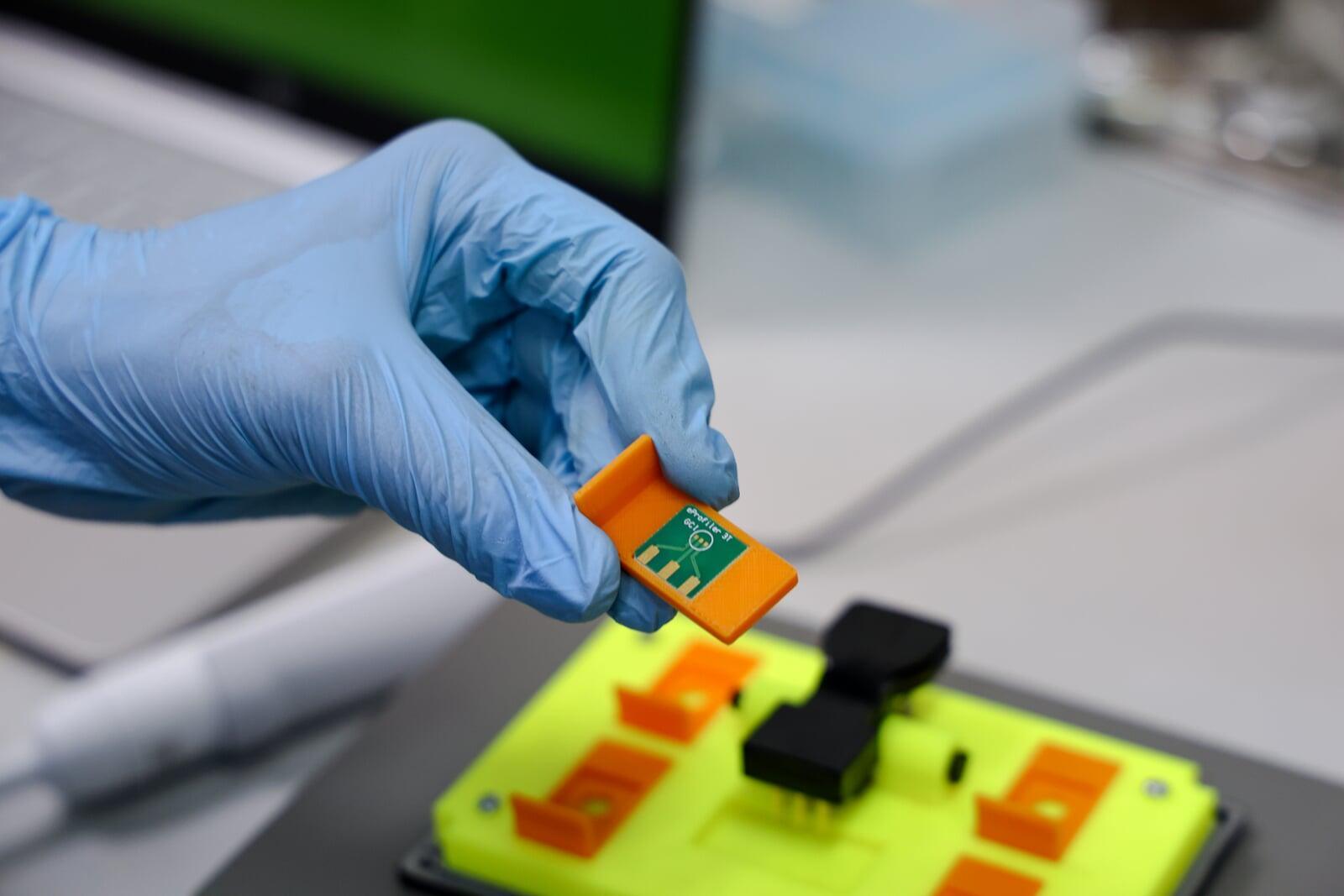Our Technology
eProfiler Technology employs a direct measurement approach, analysing the electronic or electrochemical state of a sample. The electronic profiles obtained reflect the sample's unique chemical composition and structural characteristics. By capturing these intrinsic electronic signatures, the method ensures a highly accurate and reproducible analysis of both biological and non-biological materials.
This innovative method provides unparalleled insights into the fundamental properties of materials, paving the way for precise and standardised characterisation across diverse applications.
Just as biology, chemistry, and physics uncover properties and behaviors of materials and organisms, electronics provides a unique lens to explore their state and composition. This approach leverages the foundational fact that all materials are composed of atoms, which in turn contain electrons. The movement and behavior of these electrons—whether within a material or between molecules—define its electronic state. This state is intricately tied to the material’s physical, chemical, and biological properties. By using miniaturised sensors, our platform precisely measures these electron dynamics, enabling deeper insights into the nature of the material.


